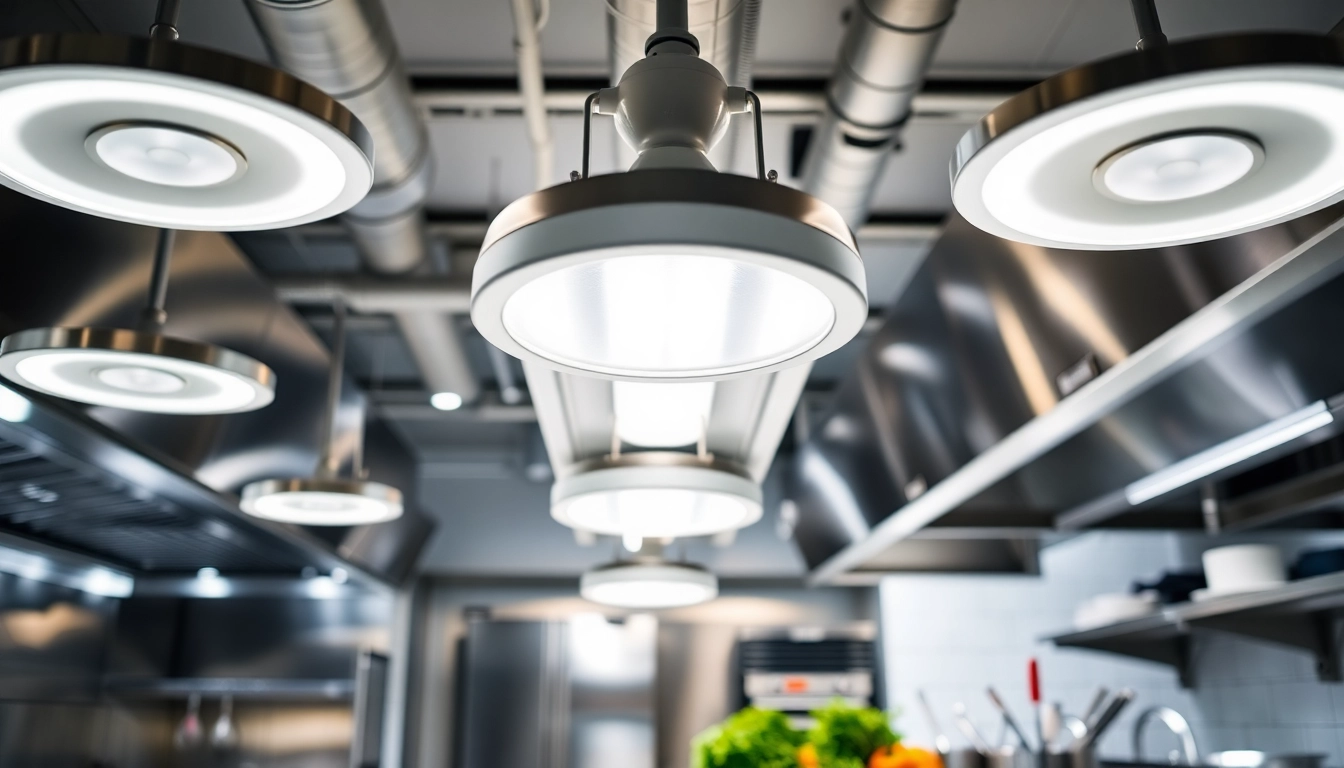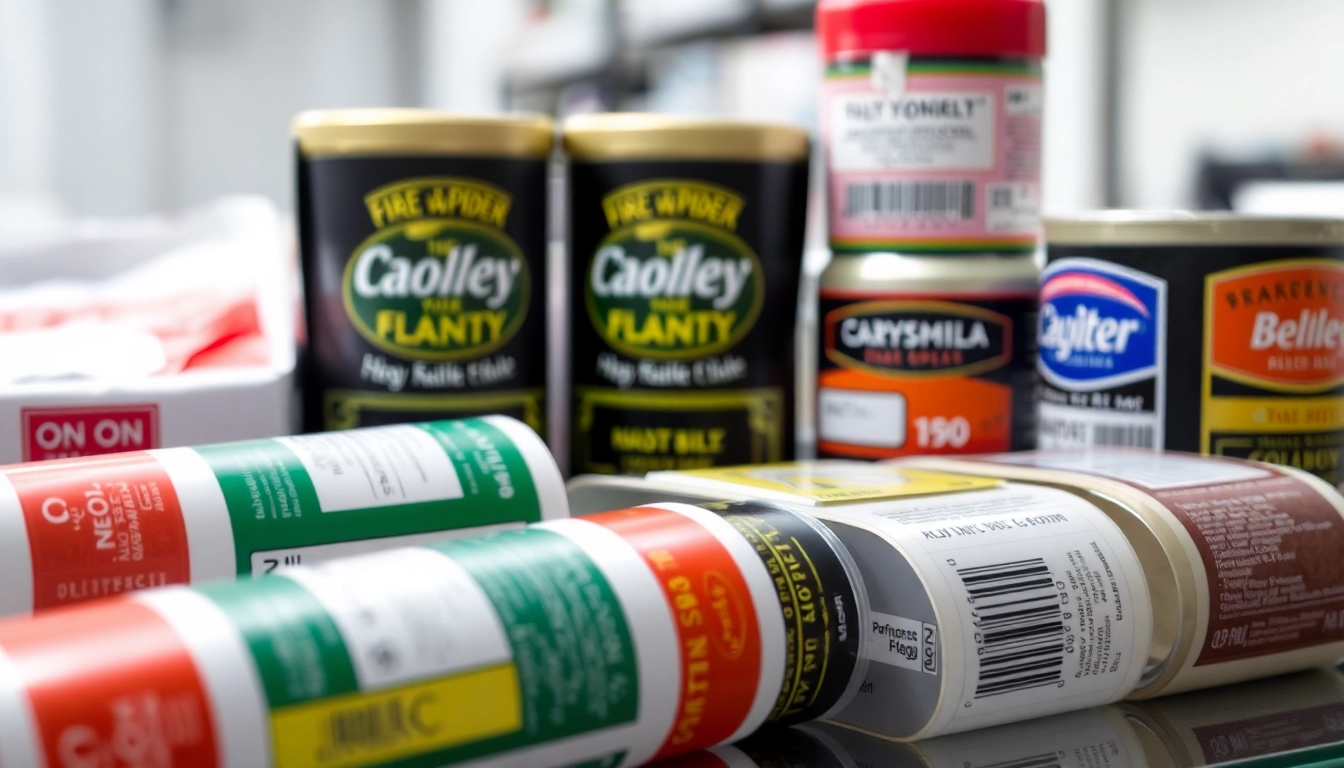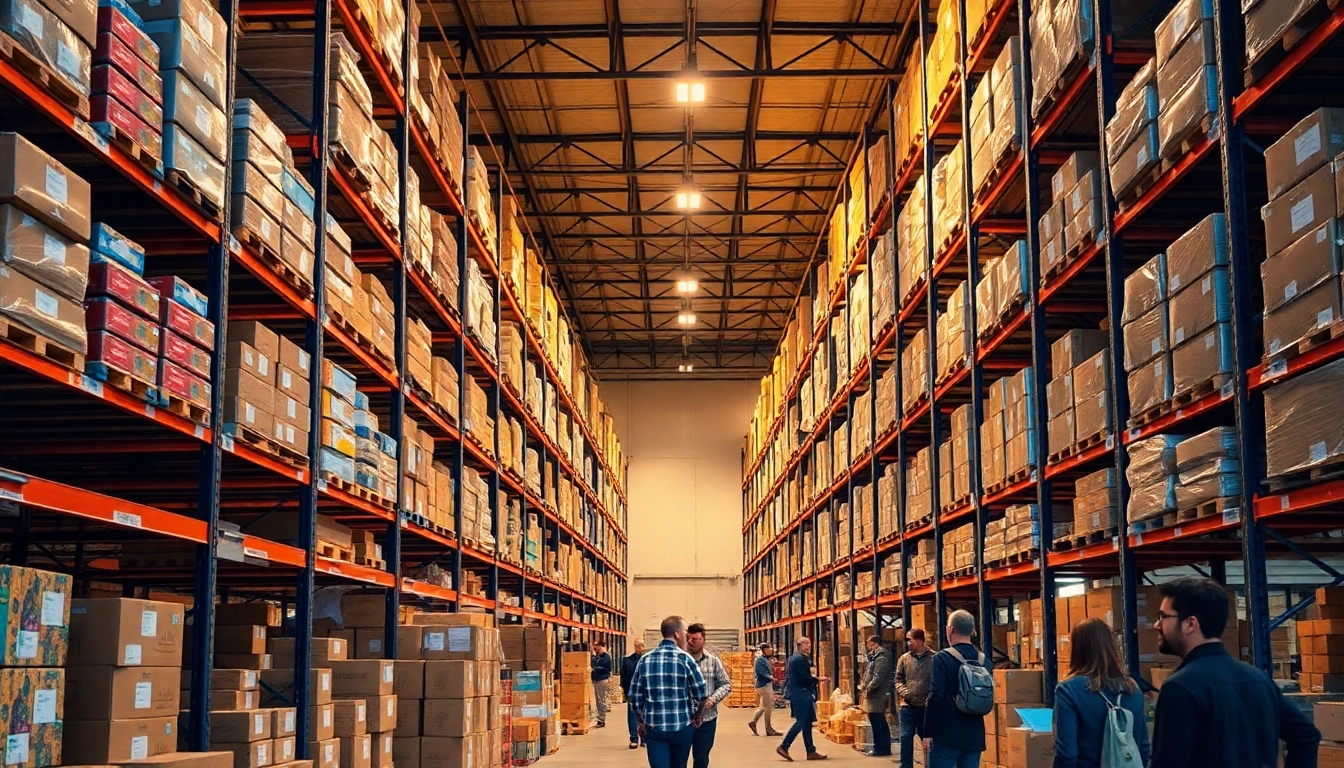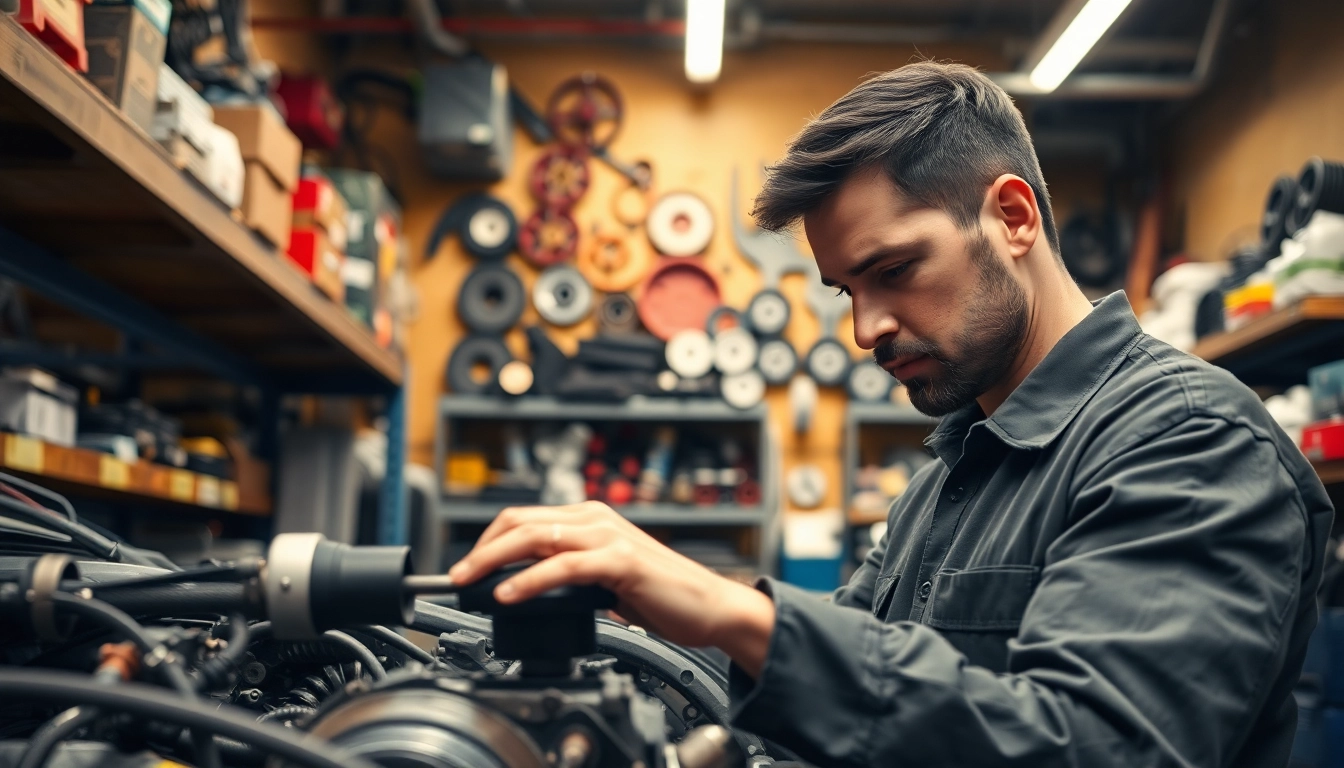Understanding Vapor Proof Light: Definitions and Benefits
What is a Vapor Proof Light?
A Vapor Proof Light is a specialized lighting fixture designed to operate in environments where moisture, dust, and other contaminants could damage traditional lighting. These lights are extensively used in industrial settings, commercial spaces, food processing plants, and various outdoor applications, ensuring reliable performance and safety under diverse conditions.
Vapor proof lights are constructed using durable materials, often featuring sealed and gasketed designs to keep contaminants out. The lighting elements, typically LED or fluorescent, provide bright illumination, essential for safety and visibility in places where visibility might otherwise be compromised due to environmental factors.
Advantages of Using Vapor Proof Lights
Vapor proof lights offer numerous advantages, making them a smart choice for specific applications:
- Durability: These fixtures are designed to withstand harsh conditions, ensuring they last longer than standard lights.
- Energy Efficiency: Many vapor proof lights utilize LED technology, which significantly reduces energy consumption and results in lower electricity bills.
- Low Maintenance: With their robust design, vapor proof lights require less frequent replacement and maintenance, thus lowering overall operating costs.
- Safety: By providing bright and consistent lighting in dimly lit or hazardous areas, these fixtures enhance safety for workers and visitors.
- Versatility: They can be used in various applications, from food and beverage production to garages and outdoor spaces, making them a versatile choice.
Common Applications and Use Cases
Due to their robust nature, vapor proof lights are utilized in a wide array of applications:
- Food Processing Facilities: Maintaining strict hygiene and safety standards is vital; vapor proof lights prevent moisture accumulation and are easy to clean.
- Outdoor Spaces: Areas such as parking lots, playgrounds, and pathways benefit from vapor proof lighting to ensure 24/7 safety and visibility.
- Warehouses and Industrial Locations: These spaces often encounter dust, chemicals, and moisture, making vapor proof lights an ideal solution.
- Car Washes: The combination of water and chemicals necessitates the use of robust lighting solutions like vapor proof lights.
- Cold Storage Facilities: Vapor proof fixtures perform effectively in low-temperature environments, ensuring reliable lighting where it is most needed.
Comparative Analysis: Vapor Proof Light vs. Vapor Tight Light
Key Differences Explained
While the terms “vapor proof” and “vapor tight” are often used interchangeably, there are important distinctions between the two:
- Vapor Proof Lights: Designed specifically for environments that may experience moisture exposure, providing enhanced protection against water ingress and dust particles.
- Vapor Tight Lights: Offer similar protection but are typically rated for less severe conditions and may not be as robust in terms of waterproofing as vapor proof options.
When to Use Each Type
Choosing between vapor proof and vapor tight lights largely depends on the specific application:
- Vapor Proof Lights: Use in highly humid or moist environments, such as food processing plants or outdoor areas with frequent exposure to rain.
- Vapor Tight Lights: Suitable for places where dust is a concern but water exposure is minimal, such as utility rooms or factories where water is not a predominant factor.
Performance Metrics of Both Fixtures
Understanding the performance metrics of each type of lighting fixture can help guide your choice:
- IP Ratings: Vapor proof lights usually have an IP65 rating or higher, indicating solid protection against dust and low-pressure water. Vapor tight lights typically maintain an IP rating but may not withstand as severe conditions.
- Lifespan: LED vapor proof lights often have longer lifespans, averaging between 50,000 to 100,000 hours, while vapor tight fixtures with older technologies may last less.
Installation Guide for Vapor Proof Light Fixtures
Preparation Steps Before Installation
Proper preparation is essential for the effective installation of vapor proof lights:
- Assess the Environment: Determine the specific areas where the fixtures will be installed, considering moisture levels, potential impacts, and required visibility.
- Gather Necessary Tools: Essential tools may include a power drill, wire strippers, safety goggles, and screwdrivers for a streamlined installation.
- Turn Off Power: Ensure the electrical supply to the installation area is entirely turned off to prevent electrical accidents during the installation process.
Step-by-Step Installation Process
Follow these step-by-step procedures to install vapor proof lights safely:
- Remove any existing lighting fixtures to make way for the new installation.
- Secure the mounting bracket to the selected location ensuring it is level.
- Connect the power supply leads to the fixture according to the manufacturer’s guidelines.
- Attach the vapor proof fixture to the mounting bracket and ensure it is securely fastened.
- Restore power and test the fixture to confirm it is working correctly before finalizing the installation.
Common Installation Mistakes to Avoid
To avoid complications during installation, consider these common mistakes:
- Ignoring Manufacturer Instructions: Always follow the manufacturer’s guidelines for installation to avoid damaging the fixture.
- Improper Sealing: Ensure that any seals or gaskets are properly placed to maintain the vapor proof integrity of the light.
- Inadequate Power Supply: Ensure that the electrical supply meets the requirements of the new light installation to prevent failures.
Maintenance Tips for Ensuring Longevity of Vapor Proof Lights
Regular Cleaning Practices
Regular cleaning is key to extending the lifespan of vapor proof lights. Conduct the following:
- Use Gentle Cleaners: Avoid harsh chemicals that may damage the surface or seals of the vapor proof fixture.
- Inspect Fixtures Frequently: Regularly check for dust buildup or signs of moisture ingress, especially in harsh environments.
Inspecting for Damage
Regular checks for damage can prevent larger issues down the line:
- Visual Inspections: Check for cracks, signs of wear, or damaged seals that may compromise the light’s vapor-proofing capabilities.
- Test Functionality: Regularly test the lights to ensure they are functioning properly and brightly.
Indicators of When to Replace Your Light Fixtures
Being aware of the signs that indicate it may be time for a replacement is crucial:
- Frequent Burnouts: If bulbs are consistently burning out, it might be a sign of an underlying issue or aging fixtures.
- Muffled Sound: Any unusual sounds coming from the fixture’s power supply may indicate internal damage.
- Obvious Physical Damage: Cracked casings, corroded metal, or signs of moisture within the fixture are strong indicators of needing a replacement.
Future Trends in Vapor Proof Lighting Technology
Emerging Technologies in Lighting
The future is bright for vapor proof light technologies. Some emerging trends include:
- Enhanced LED Technology: Increasing efficiency through advancements in LED technology allows for brighter lights with lower energy consumption.
- Smart Integration: The integration of IoT features, allowing users to control, dim, and monitor lights remotely.
Incorporating Smart Features
Smart features are becoming the norm:
- Automated Dimming: Systems that automatically adjust brightness based on ambient light conditions improve energy efficiency.
- Remote Management: Facilities can manage and control their lighting systems from a centralized application, enhancing operational efficiency.
Environmental Impacts and Energy Efficiency
With the growing concern about energy consumption and environmental sustainability, future technologies are focusing on:
- Sustainable Materials: Using eco-friendly materials in fixtures to reduce the environmental footprint.
- Lower Energy Usage: Enhanced designs that promote energy conservation are expected to dominate future vapor proof lighting technologies.



